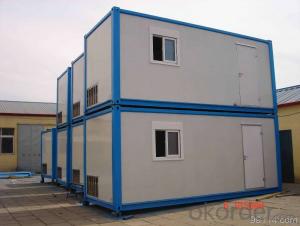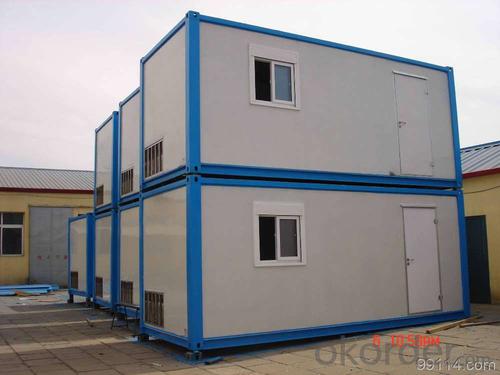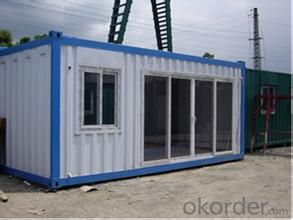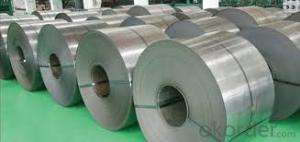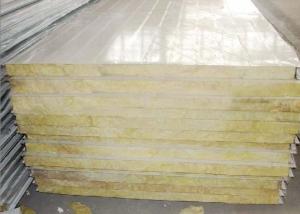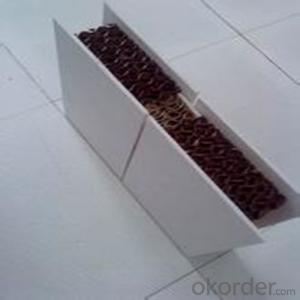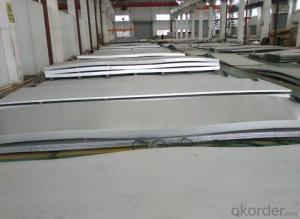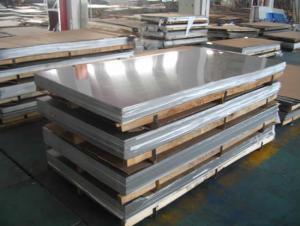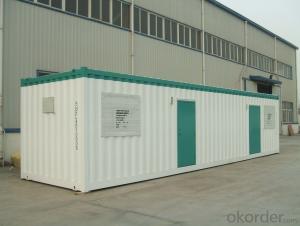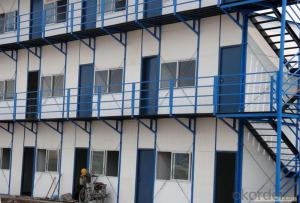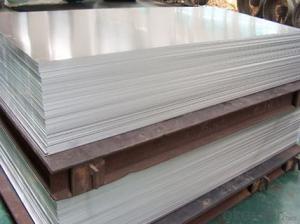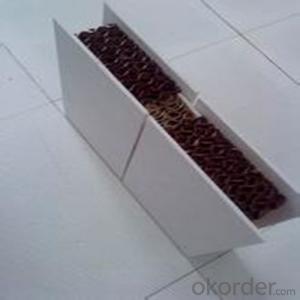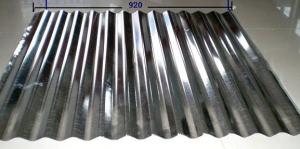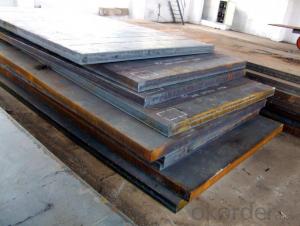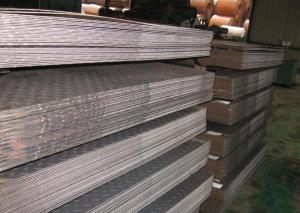Metal Sandwich Panel Container House with Best Quality
- Loading Port:
- Tianjin
- Payment Terms:
- TT or LC
- Min Order Qty:
- 4 set
- Supply Capability:
- 1000 set/month
OKorder Service Pledge
OKorder Financial Service
You Might Also Like
Presentation:
Container Houses, as a covinient way to live, have been widely used around the world.
Specifications
1.Qualified material
2.Flexible design
3.Fast installation
4.Reuse for numerous times
5.Convenient package for shipping
The details as follows:
Item
Name
Specification
Dimension
Length
Exterior/interior: 5.950m/5.710m
Width
Exterior/interior: 2.310m/2.060m
Height
Exterior/interior: 2.740m/2.400m
Weight
1750kg per unit
Standard accessory
Floor
Orlop wainscot: 0.4mm galvanized steel sheet.
Structure: channel steel keel, Material:Q235.
The girder of the keel are welded by two ends.
Insulation fitting: EPS in a thickness of 30mm above the galvanized steel sheet.
Waterproof bamboo-glue board in a thickness of 15mm for the bathroom and Plywood board in a thickness of 15mm for other rooms
PVC floor sheet in a thickness of 1.5mm on the topside
Permitted loading: 2.0KN/m2, Coefficient of thermal conductivity: K=1.1W/ m²K
Roof
Structure: box girder 120*80,Material:Q235
The topside wainscot: 0.5mm galvanized steel sheet.
The purlins of the keel are welded by two ends.
Insulation fitting: EPS in a thickness of 30mm above the galvanized steel sheet.
Orlop wainscot: 5mm MDF laminated decorative panel
Roof drainage: 4 PVC rainspout pipes, diameter 50mm in corner pillars.
Permitted loading: 0.5 KN/m2, Coefficient of thermal conductivity: K=0.55W/ m²K
Wallboard
75mm Color steel sandwich panel, 0.5mm steel sheet surface, 29μm galvanized paint, inside white and outside silver-gray.
Permitted loading: 0.6KN/m2, Polystyrene density: 15kg/m3, Coefficient of thermal conductivity: K=0.442W/mk
Door
SIP single door,size:800mm*2000mm, aluminum frame, 50mm thick EPS insulation foam, cylinder lock with 3keys.
Window
PVC sliding or casement window with fly screen, aluminium binding tape decorative , size:700mm*1000mm, 5mm glaze.
Hallway
Composite of framework and 2.5 thickness skid-proof steel board,Material:Q235
Stair
Inclined girder is roolled channel pipe 160*50,steel board walk is 300 thickness skid-proof steel board,Material:Q235
Lamp
2*30W double tube grilles lamp
Switch
two pieces siwtch
Socket
Two pieces of nine-hole socket,one piece of six-hole socket,two pieces of five-hole socket
Breaker
20A (fixed on the wallboard)
Option
Exhaust fan
40W exhaust fan
Partition
50mm thickness double surface color steel sandwich panel board,white
Window
Color steel window,size:1702mm*991mm
Door
Color steel single and double door,size:1702mm*1920mm
Stair awning
Composite of square steel framework and transparent PVC board
Resistance
Bearing Load
50kg/m2
Wind proof
11 grade
Fire proof
B1 grade(fire-resistant materials)
The earthquake resistance
grade:7 degree
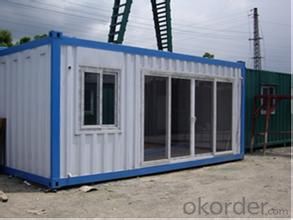
- Q: What are the different sheet metal piercing techniques for steel sheets?
- Steel sheets can be pierced using various techniques. These methods are employed to create holes or openings in the sheets based on specific requirements. Here are several different techniques for piercing: 1. Punching: Punching is a widely utilized technique that involves using a punch and die set to create holes in steel sheets. The punch is forced through the sheet, cutting out the desired hole shape or size. This technique is efficient and can be applied to a range of hole sizes and shapes. 2. Drilling: Drilling is another commonly employed technique for piercing steel sheets. It entails rotating a drill bit at high speed to create a hole in the sheet. Drilling is often used for smaller holes or when precision and accuracy are paramount. 3. Laser cutting: Laser cutting is a highly precise and versatile technique for piercing steel sheets. It employs a high-powered laser beam that is focused on the sheet, melting and vaporizing the material to create holes or shapes. Laser cutting offers high-speed production and can achieve complex designs with exceptional accuracy. 4. Notching: Notching is a technique used to create cutouts or grooves in steel sheets. It involves removing a portion of material from the edge or surface of the sheet, leaving behind a notch. Notching is frequently employed to produce tabs or slots that are useful for assembly purposes. 5. Stamping: Stamping is a technique where a die is pressed into the sheet metal to create a depression or raised feature. This method can be used to create holes, patterns, or embossed designs in steel sheets. Stamping is commonly used for decorative or functional purposes. 6. Shearing: Shearing is a process that employs a sharp blade to cut through the steel sheet, resulting in a straight-edge hole. This technique is typically used for larger holes or straight-line cuts. These are just a few of the numerous sheet metal piercing techniques available for steel sheets. The choice of technique depends on factors such as the desired hole size, shape, precision, speed, and cost-effectiveness.
- Q: Can the steel sheets be painted or coated?
- Yes, steel sheets can be painted or coated.
- Q: What is the difference between a brushed and polished steel sheet?
- The surface finishes of a brushed steel sheet and a polished steel sheet vary. A brushed steel sheet is distinguished by parallel lines or scratches on its surface, which are created using abrasive materials or tools. The purpose of brushing is to give the steel sheet a textured look, which helps conceal fingerprints, scratches, and signs of wear. Additionally, it provides an industrial and matte finish. On the contrary, a polished steel sheet boasts a sleek and glossy surface. Polishing involves the use of polishing compounds or abrasive materials to eliminate imperfections, scratches, and oxidation from the steel surface. This process results in a reflective and mirror-like finish, which enhances the visual appeal of the steel sheet. Polished steel sheets are often utilized in applications where appearance and visual attractiveness hold significance, such as architectural design, interior decoration, and high-end products. To summarize, the primary distinction between a brushed and polished steel sheet lies in their surface finishes. Brushed steel sheets possess a textured and matte appearance, whereas polished steel sheets exhibit a smooth and glossy, mirror-like finish. The choice between the two is contingent upon the desired aesthetic, functional requirements, and intended application of the steel sheet.
- Q: Can steel sheets be used for agricultural fencing or enclosures?
- Yes, steel sheets can be used for agricultural fencing or enclosures. Steel sheets are highly durable and provide excellent strength, making them suitable for securing livestock and protecting crops. They can be formed into panels or rolls, allowing for easy installation and customization to fit different fencing or enclosure needs. Additionally, steel sheets are resistant to weathering, corrosion, and pests, ensuring long-lasting performance in agricultural environments. Overall, steel sheets are a reliable and effective choice for agricultural fencing or enclosures.
- Q: What is the minimum order quantity for steel sheets?
- The minimum order quantity for steel sheets can vary depending on the supplier and specific requirements, but it is typically measured in metric tons.
- Q: What are the different surface treatments available for steel sheets?
- There are several surface treatments available for steel sheets, including galvanizing, painting, powder coating, and plating.
- Q: How do steel sheets perform in extreme temperatures?
- Steel sheets generally perform well in extreme temperatures due to their high melting point and thermal conductivity. In high temperatures, steel sheets exhibit good strength and can withstand thermal expansion without significant deformation. In low temperatures, steel sheets retain their toughness and do not become brittle, making them suitable for use in various applications across a wide temperature range. However, it is important to note that the specific performance of steel sheets in extreme temperatures can vary depending on the grade and composition of the steel.
- Q: How are steel sheets measured and classified?
- Steel sheets are typically measured and classified based on their thickness, which is commonly referred to as gauge. The gauge of steel sheets is determined by measuring the thickness of the sheet in terms of its weight per square foot or meter. The higher the gauge number, the thinner the sheet. Steel sheets are further classified based on their composition, finish, and intended application, such as hot-rolled, cold-rolled, galvanized, or stainless steel sheets.
- Q: What is the difference between hot dipped galvanized and electro galvanized steel sheets?
- The main difference between hot dipped galvanized and electro galvanized steel sheets lies in the process of coating. Hot-dipped galvanized steel sheets are coated by immersing them in a bath of molten zinc, which creates a thicker and more durable layer of zinc compared to electro galvanized steel sheets. On the other hand, electro galvanized steel sheets are coated by an electrolytic process, where a thin layer of zinc is applied to the steel surface. This makes electro galvanized steel sheets more suitable for applications that require a thinner coating and a smoother finish, while hot-dipped galvanized steel sheets provide excellent corrosion resistance and are often used in more heavy-duty applications.
- Q: Are steel sheets suitable for architectural cladding?
- Yes, steel sheets are suitable for architectural cladding. Steel is a durable and versatile material that offers a range of benefits for cladding applications. Its strength and rigidity make it capable of withstanding harsh weather conditions, including strong winds, heavy rain, and snow. This durability ensures that the cladding will last for many years without requiring frequent maintenance or replacement. In addition to its durability, steel sheets provide a sleek and modern aesthetic to buildings. They can be finished in various ways, including painting, powder coating, or applying a metallic finish, allowing for endless design possibilities. Steel cladding can be used to achieve a contemporary or industrial look, making it a popular choice for commercial and residential buildings alike. Steel sheets are also highly resistant to fire, pests, and rot, making them a safe and long-lasting choice for cladding. They are also relatively lightweight, which can help reduce construction costs and make installation easier. Furthermore, steel is an environmentally friendly material. It is recyclable, making it a sustainable choice for cladding. Steel cladding can also help improve energy efficiency by providing better insulation and reducing heat transfer, resulting in lower energy consumption for heating and cooling. Overall, steel sheets are a suitable option for architectural cladding due to their durability, aesthetic appeal, safety features, sustainability, and energy efficiency benefits.
Send your message to us
Metal Sandwich Panel Container House with Best Quality
- Loading Port:
- Tianjin
- Payment Terms:
- TT or LC
- Min Order Qty:
- 4 set
- Supply Capability:
- 1000 set/month
OKorder Service Pledge
OKorder Financial Service
Similar products
Hot products
Hot Searches
Related keywords
